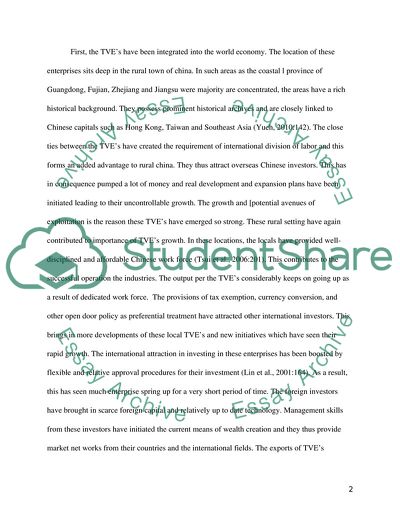Cite this document
(“What are the factors driving the growth of township and village Essay”, n.d.)
Retrieved from https://studentshare.org/macro-microeconomics/1596152-what-are-the-factors-driving-the-growth-of-township-and-village-enterprises-tves-in-china-what-barriers-to-continued-growth-do-they-face
Retrieved from https://studentshare.org/macro-microeconomics/1596152-what-are-the-factors-driving-the-growth-of-township-and-village-enterprises-tves-in-china-what-barriers-to-continued-growth-do-they-face
(What Are the Factors Driving the Growth of Township and Village Essay)
https://studentshare.org/macro-microeconomics/1596152-what-are-the-factors-driving-the-growth-of-township-and-village-enterprises-tves-in-china-what-barriers-to-continued-growth-do-they-face.
https://studentshare.org/macro-microeconomics/1596152-what-are-the-factors-driving-the-growth-of-township-and-village-enterprises-tves-in-china-what-barriers-to-continued-growth-do-they-face.
“What Are the Factors Driving the Growth of Township and Village Essay”, n.d. https://studentshare.org/macro-microeconomics/1596152-what-are-the-factors-driving-the-growth-of-township-and-village-enterprises-tves-in-china-what-barriers-to-continued-growth-do-they-face.


